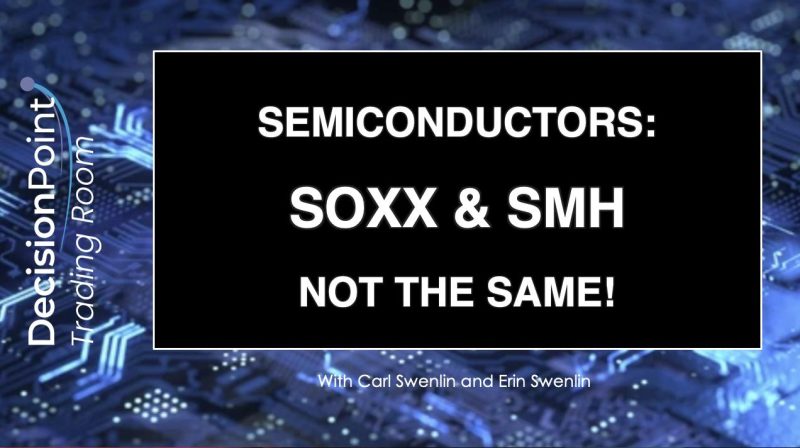The semiconductor industry is a vital sector in today’s technology-driven world, powering a wide range of devices from smartphones to computers to automotive systems. Understanding the differences between various semiconductor products is crucial for investors looking to capitalize on the market’s growth potential. When it comes to trading semiconductor stocks, two popular exchange-traded funds (ETFs) are often compared: SOXX and SMH.
The iShares PHLX Semiconductor ETF (SOXX) and the VanEck Vectors Semiconductor ETF (SMH) are both focused on the semiconductor industry, but they have key differences that investors should be aware of. SOXX tracks the PHLX Semiconductor Sector Index, while SMH follows the MVIS US Listed Semiconductor 25 Index. These indexes have different methodologies for selecting and weighting their constituent stocks, leading to variations in the funds’ performance.
In terms of holdings, SOXX and SMH have slightly different compositions. SOXX has a more concentrated portfolio with around 30 holdings, while SMH holds approximately 25 stocks. This can impact the level of diversification and risk exposure for investors. Additionally, the two ETFs may have different top holdings and sector allocations, which can influence their performance during different market conditions.
Another important factor to consider when comparing SOXX and SMH is their expense ratios and trading volumes. SOXX typically has a lower expense ratio compared to SMH, making it a more cost-effective option for investors. However, SMH tends to have higher trading volumes, which can indicate greater liquidity and lower bid-ask spreads for investors looking to buy or sell shares.
When analyzing the performance of SOXX and SMH, historical data shows that the two ETFs have had similar returns over the long term. However, there may be periods when one outperforms the other due to factors such as market trends, sector rotation, or individual stock performance. Investors should consider their investment objectives, risk tolerance, and market outlook when choosing between SOXX and SMH.
In conclusion, while SOXX and SMH both provide exposure to the semiconductor industry, they are not interchangeable products. Understanding the differences in their indexes, holdings, expenses, and performance can help investors make informed decisions about which ETF aligns best with their investment strategy. By conducting thorough research and staying updated on market trends, investors can navigate the semiconductor sector with confidence and potentially capitalize on its growth opportunities.
